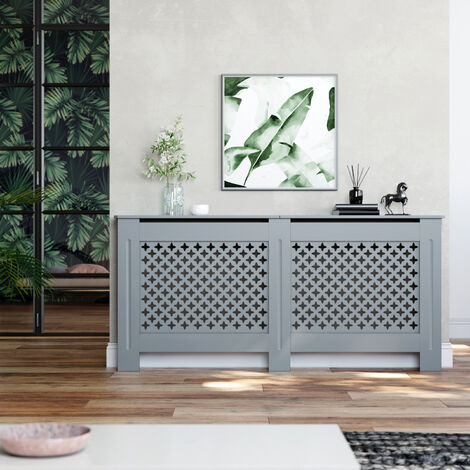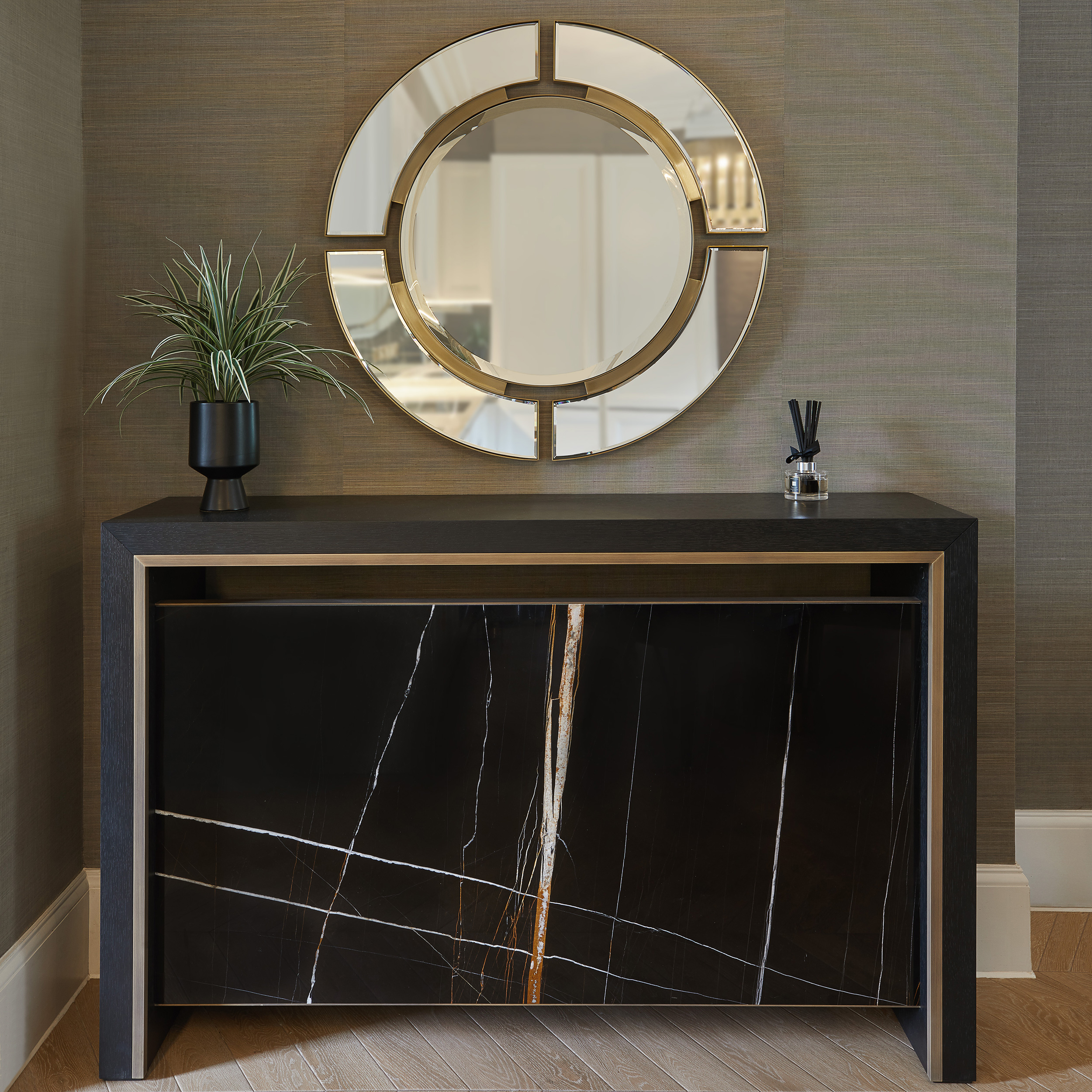The Ultimate Overview to Radiator Cover Materials and Styles
Wiki Article
Radiator Covers: Understanding Products, Styles, and Advantages
Radiator covers serve both aesthetic and practical functions within a home, supplying an array of materials such as steel, wood, and mdf to suit different style choices. Selecting the right radiator cover involves comprehending the nuances of materials, layouts, and their associated benefits.Kinds Of Products


Wood covers, often crafted from hardwoods such as oak or maple, offer a timeless, warm appearance that complements typical interiors. Their toughness and capacity to be tarnished or repainted add to their adaptability. Steel covers, typically made from steel or light weight aluminum, are preferred for their effectiveness and modern-day look, often featuring sleek lines that enhance modern rooms.
MDF, a made timber item, is popular for its cost-effectiveness and convenience of customization. It can be painted or completed to match existing style while providing a smooth surface. Plastic covers, while less common, are immune and light-weight to wetness, making them ideal for moist settings.
Eventually, the selection of material for a radiator cover should align with the home owner's style preferences, useful requirements, and the specific environment where the cover will certainly be set up. Each material offers an unique personality, making sure that there is a choice to match every preference and setting.
Popular Design Styles
Highlighting aesthetic appeal, prominent style styles for radiator covers show a series of tastes and interior decoration patterns. Conventional layouts commonly feature detailed woodwork and elaborate detailing, making them appropriate for traditional or vintage-inspired interiors. These covers generally integrate carved components, providing a cozy and inviting feel to any type of space.In comparison, modern designs concentrate on minimalist aesthetic appeals, characterized by clean lines and underrated beauty. Products such as steel or smooth wood with a smooth coating are generally used, permitting these covers to blend effortlessly into contemporary rooms. Industrial designs, on the other hand, welcome resources like subjected metal and concrete, adding a vibrant statement to loft space or city settings.
For those looking for an unique touch, bespoke designs provide personalization options that accommodate specific choices, allowing property owners to pick shades, patterns, and products that enhance their decor. In addition, farmhouse-style covers integrate rustic components, including distressed wood and basic kinds that evoke a comfortable, country appeal.
Benefits of Radiator Covers
Radiator covers not just boost the aesthetic appeal of an area however likewise supply numerous practical benefits that make them a worthwhile addition to any type of home. Among the key benefits is security, particularly in families with kids or pets. Covers decrease the risk of burns from hot radiator surface areas, making certain a much safer environment.In addition, radiator covers can enhance energy efficiency. By guiding warm right into the room as opposed to wikipedia reference permitting it to escape, they help keep a regular temperature level, minimizing heating costs with time. This is especially helpful in older homes where radiator systems might be less effective.
Another remarkable benefit is sound reduction. Radiators can occasionally produce unwanted sounds during operation, and covers can help stifle these sounds, adding to an extra peaceful home. Additionally, radiator covers can be useful, supplying added storage or display area, therefore making the most of the energy of often-overlooked locations.
Finally, they can safeguard radiators from dirt and particles, which can impede effectiveness and increase maintenance requirements. With these integrated advantages, radiator covers become a useful option for enhancing both the performance and design of any kind of home environment.
Installation Factors To Consider
Installing radiator covers needs careful consideration to guarantee both performance and safety (Radiator cover). Assess the dimensions of your radiator and the surrounding space to make sure an appropriate fit. Accurate dimensions are important; an uncomfortable cover can block warmth flow or create security threatsFollowing, review recommended you read the product of the cover. While wood offers visual appeal, metal alternatives might offer much better sturdiness and heat resistance. Consider the weight of the cover as well; larger covers might need additional support or supports to avoid drooping or damages with time.
Air flow is another important facet. Covers have to feature adequate air movement to protect against getting too hot and keep effective heating. Search for designs with slats or openings that permit warmth to circulate without obstruction.
Furthermore, make sure that the cover is firmly placed to stop accidents, particularly in homes with kids or family pets. Radiator cover. It's advisable to comply with the manufacturer's installation guidelines closely and, if required, get in touch with a specialist for intricate installments
Upkeep and Treatment Tips
Appropriate maintenance of radiator covers is essential for guaranteeing their durability and optimal performance. For painted or wood covers, consider a suitable gloss or protective finishing to maintain their appearance.Evaluate the covers occasionally for indicators of wear or damages, such as cracks or peeling paint. Resolving these issues without delay can protect against more degeneration. Guarantee that the covers are securely attached and look for any kind of loosened screws or installations, as vibrations from the radiator can loosen them with time.
In cooler months, avoid positioning heavy objects or attractive things on top of the radiator covers, as this can restrain warmth distribution and create unneeded anxiety to the structure. Last but not least, take into consideration seasonal maintenance a fantastic read by removing the covers for thorough cleansing and inspection throughout warmer months when the home heating system is inactive. Embracing these straightforward care suggestions will certainly enhance the performance and visual appeal of your radiator covers, ensuring they offer their purpose properly for many years ahead.

Verdict
In summary, radiator covers offer as aesthetic and useful enhancements to household areas. Cautious factor to consider of installation and upkeep further makes sure the long life and efficiency of radiator covers in any kind of home environment.Radiator covers offer both aesthetic and practical purposes within a home, providing an array of materials such as mdf, steel, and wood to match numerous design preferences. Selecting the ideal radiator cover entails understanding the nuances of materials, designs, and their connected benefits.Highlighting aesthetic charm, prominent layout styles for radiator covers mirror an array of preferences and indoor layout fads.Radiator covers not just boost the visual allure of an area yet additionally supply numerous practical benefits that make them a worthwhile addition to any home. Consider the weight of the cover as well; heavier covers may call for added assistance or supports to prevent drooping or damage over time.
Report this wiki page